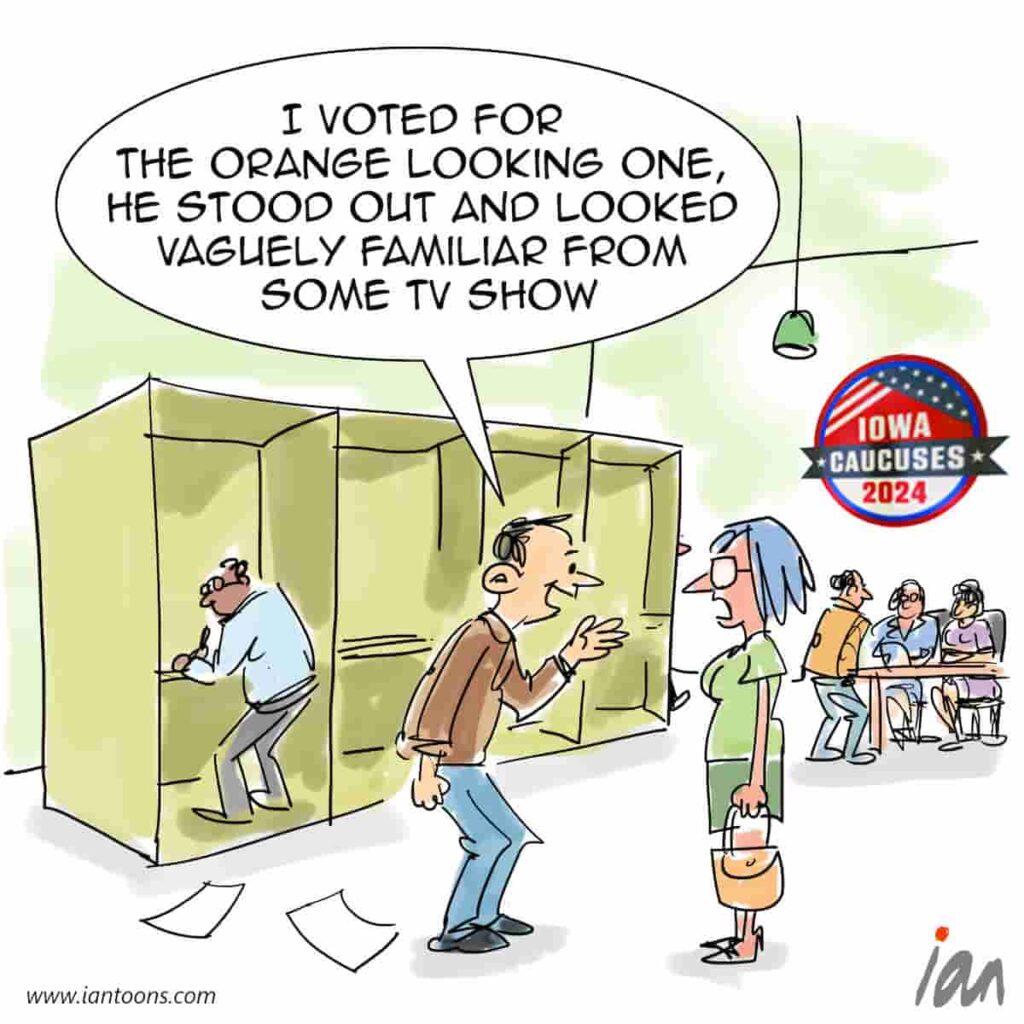Reading

“Reading”– a cartoon that illustrates the challenge people have by depending upon digital screens as their primary way to learn.
A study by the Reboot Foundation, evaluating thousands of students across 90 countries including the U.S., found that fourth graders who used tablets in nearly all their classes scored 14 points lower on a reading test than students who never used them.
Researchers called the score gap “equivalent to a full grade level” of learning.
At the same time, reading among adults is getting even less popular in America.
In 2004, 31% of women read at all on any given day. That slipped to 20% by 2022. Men dropped from about 25% to 14% over the same period.
While video is becoming a preferred method of engaging with consumers and the choice of adults to ingest information, reading presents the opportunity to present objective and descriptive information and has higher long-term retention levels.
Although this might be considered only relevant for parents with teenage kids stuck on TikTok, the consequences of low reading levels are quite broad.
According to the Federal Trade Commission’s 2017 report, a level of a consumer’s literacy was one of the primary causes why people are susceptible to scams and frauds.
Also, the low cognitive requirement of video, increases the willingness of people to follow the herd whether it’s being susceptible to deep fake videos of Taylor Swift or attracted to the retail politics of today’s hucksters.
28
6
0









